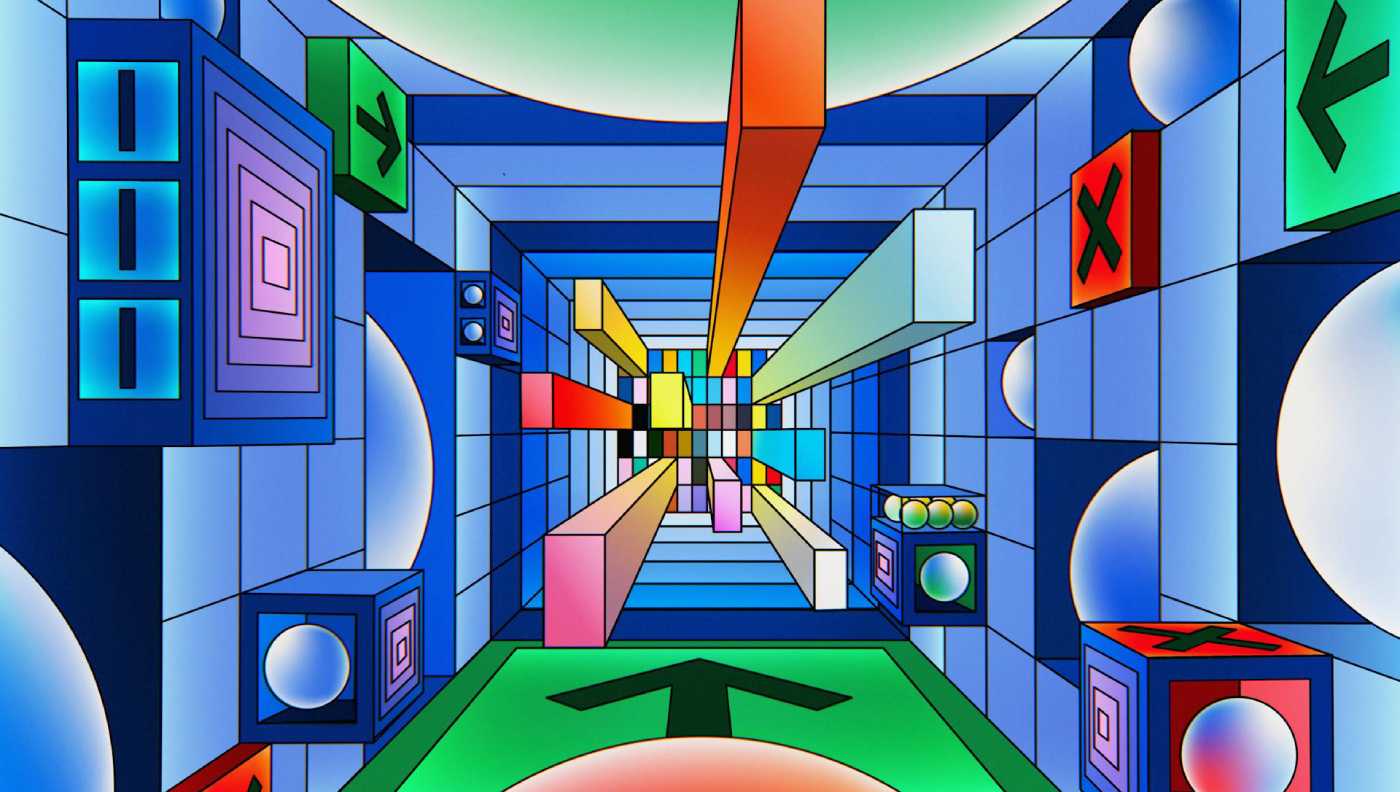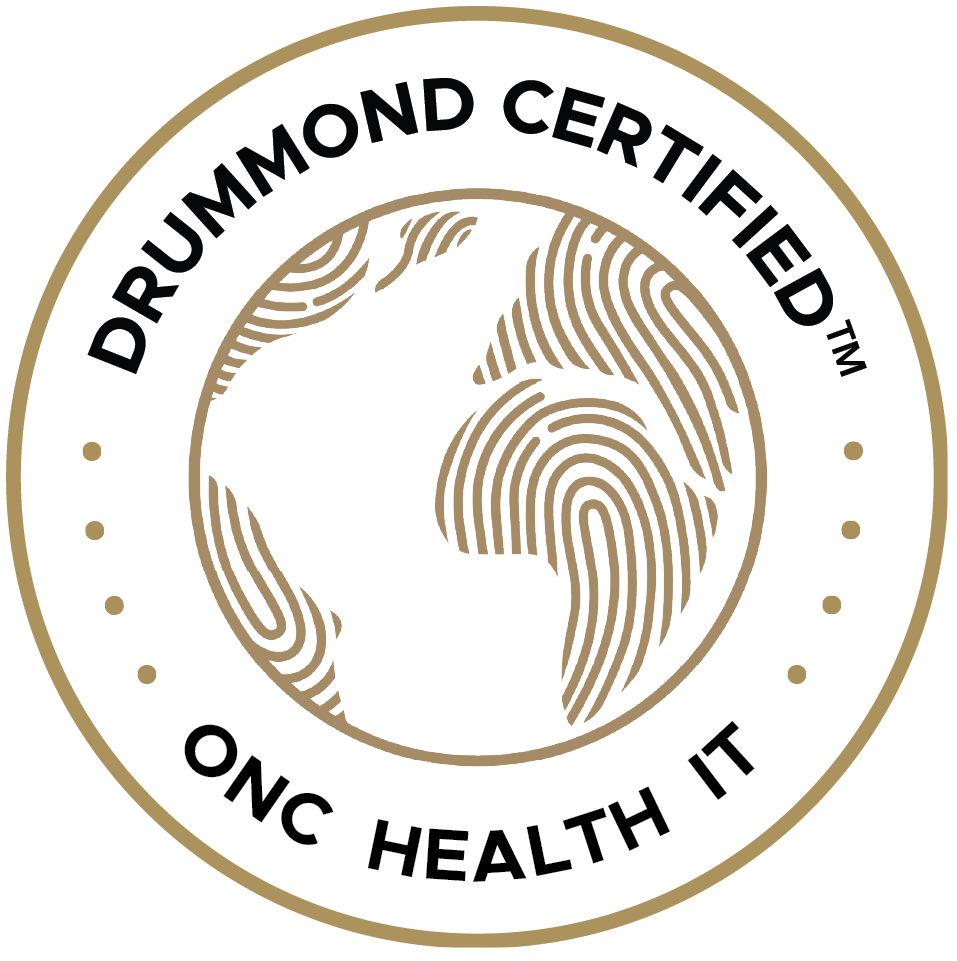gvgray
In order for mental health care to be truly accessible, mental health care needs to break out of the confines of the consulting room. It needs to be available in the community and even in people’s homes. It is startling to remind ourselves that before 1940 most doctor’s visits in America were provided in people’s homes!
One way to accomplish this is via videoconferencing. A new technology WebRTC, has been developed that will make online therapy routine. WebRTC is a breakthrough: it uses only a browser, i.e. involves no plugins, downloads, or installs. What this means is that the clinician sends the patient an email link and the patient simply clicks on it and they are in the virtual consulting room together. But what is truly astounding is the quality of the video and audio: there are no latencies, clinicians detect shifts in tone and expression in a way not possible with legacy technologies such as Skype, Google Talk, Face Time, etc. WebRTC is also HIPAA compliant. Almost all state medicaid programs reimburse for telepsychiatry and most states have either passed or are passing bills requiring reimbursement from commercial payers. (CarePaths will be offering this module to our users in the next month or so.)
WebRTC will extend outreach dramatically, in part because it is convenient. Access to care will be extended to: people who live in rural areas; can’t afford to take time off from work to commute to weekly appointments (the average drive time for a therapy appointment is 45 minutes); don’t have transportation; are unable to leave their homes (agoraphobics etc); fear the stigma of going to a “shrinks” office; etc.
Another way of extending outreach is reaching into the community and providing care where people get care. This means virtual co-location. Currently, almost a third of all Americans live within a ten minute drive of a retail clinic, such as a CVS Minute Clinic, etc. The number of such clinics is expected to double over the next two years and the number of people receiving care will grow exponentially as well. These retail clinics are usually open during holidays, evenings and weekends, meaning increased access to care. These clinics also accept most insurance options, and were designed to be affordable. CVS, for example, now has 800 such clinics, in 28 states and the District of Columbia. Since 2000 when they opened, they have provided more than 18 million patient visits.
Carepaths has proposed a service delivery model, based in part on WebRTC, for such clinics in order to make mental healthcare more accessible. The proposal has three components: 1) a web portal that provides instant access (via tablet, smart phone or computer) to a range of screening instruments–these can be universally administered (built into intake) for all new patients, or selectively administered; 2) telephonic consultation for clinic professionals as needed; and 3) videoconferencing with a virtually available mental health professional via WebRTC.
We have recently made a proposal to the Scattergood Foundation to deploy our model in a retail clinic in Philadelphia. (The Thomas Scattergood Behavioral Health Foundation is a Quaker-based, philanthropic, grant-making foundation focused on improving behavioral healthcare delivered in the Philadelphia region.)
To learn more go to http://www.scattergoodfoundation.org/design-challenge/2014#.UxhfcPldWAg If you like our proposal, please vote for it as it will help our proposal.









